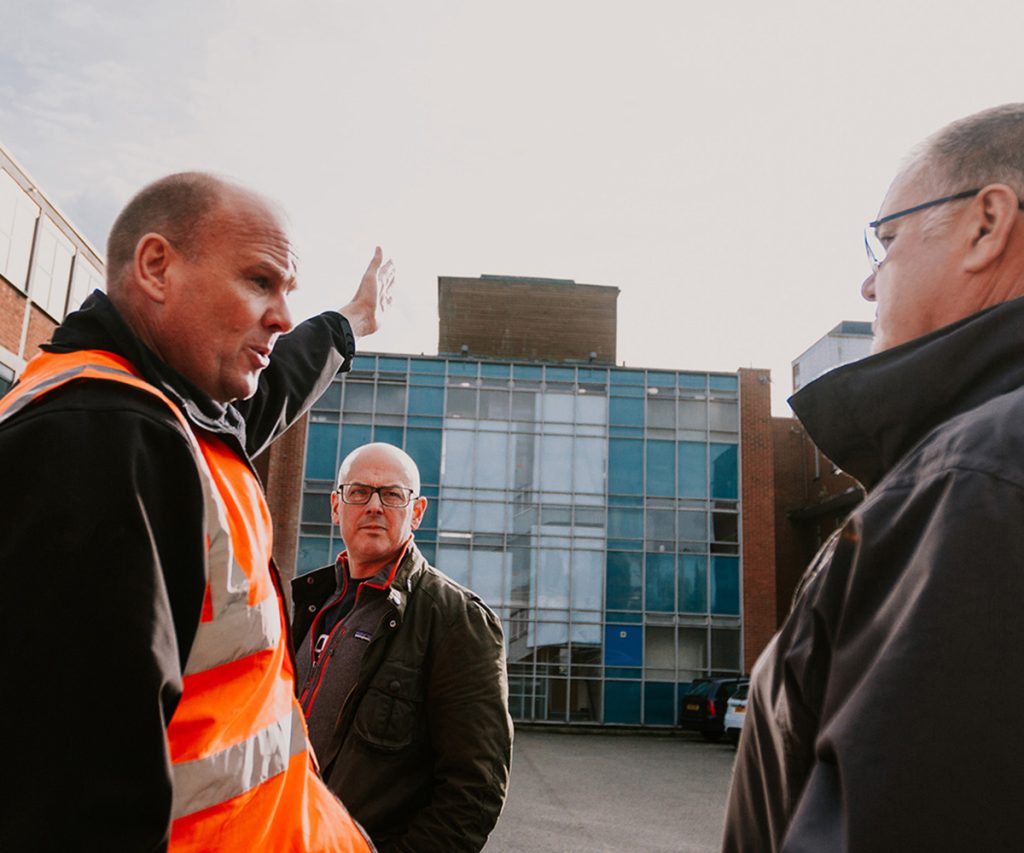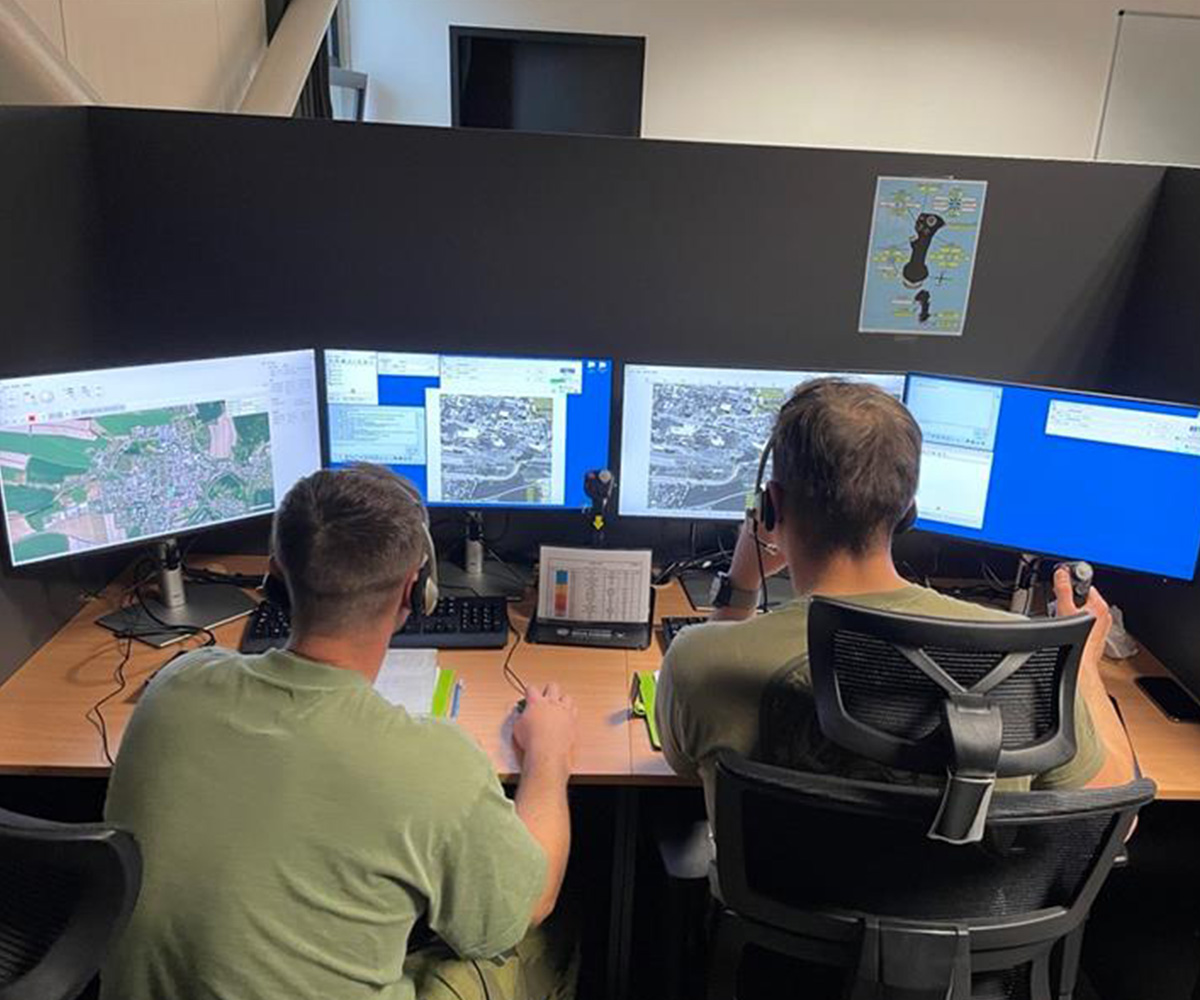
Learn about Eagle Eye Innovations and the people at the heart of the organisation.


In the rapidly evolving landscape of technology, drones have emerged as versatile tools, transforming various industry sectors, particularly the utilities sector. Drones have fast become one of the best ways of improving health and safety on site, but in order to do so effectively, it is imperative that you have the appropriate drone training and qualifications to operate a drone in hazardous locations.
Traditionally, inspecting vast networks of powerlines, pipelines, and bodies of water have always required significant time, resources, and manpower. However, drones now offer a more efficient alternative.
One of the main benefits of using drones in the utilities industry is the reduced risk for the safety of workers. Drones reduce the need for manual inspections in dangerous environments. Instead of sending personnel into potentially unsafe environments, utility companies can deploy drones to assess infrastructure remotely.
Drones also improve efficiency and integrating them into asset management practices saves time, money and improves productivity. They enable tasks such as wind turbine inspections, water inspections and other inspection jobs and operations to be completed at a much quicker rate without sacrificing accuracy and quality.
By providing accurate, real-time data on the condition of infrastructure assets, drones enable companies to prioritise maintenance activities, optimise resource allocation, and extend the lifespan of critical equipment.
This real-time data also allows for rapid response in emergency situations such as natural disasters or service outages, providing wide, and accurate, situational awareness to utility companies and emergency responders. This rapid response enables faster decision-making, more effective resource allocation, and ultimately, quicker restoration of essential services to impacted communities.
Drone operators can be costly when hired through an external company, which is why it’s important to have professionally trained drone pilots within your workforce, allowing you to widen your internal capabilities.
Want to learn how to become a drone pilot and improve on site operations and safety? Our Zeta drone training course is ideal for you.
Training

Malta is set to take a bold step forward in drone innovation with the launch of its first ever advanced UAV micro-credential, developed in collaboration with the University of Malta.
Training

UK Police Forces have been utilising drones for many years and 2025 marks a decade since Devon & Cornwall Police and Dorset Police created the first UK Police Drone Team, but why exactly did UK Police Forces decide to adopt drone technology?
Training

The CAA is making some changes to the way drone training is conducted, these changes are known as the RPC framework. Find out what these changes mean for you, whether you're already a qualified drone pilot, or are looking to start your piloting journey.
News

On Mon 3 Mar 2025, the UK Civil Aviation Authority (CAA) published ORS9, Decision 46, setting out the UK Specific Operations Risk Assessment (SORA) methodology as Acceptable Means of Compliance (AMC) to UK Regulation (EU) 2019/947 Article 11. The CAA... Read more
Training

Our ex-military drone training instructors have unmatched experience in the RPAS industry, which allows us to ensure another level of professionalism when teaching our students.
Training

Location: HTP Facility, Ostrava Airfield, Czechia Mission Objectives: Teach Czech Uncrewed Aerial Systems (UAS) operators to integrate aircraft into larger airspace operations. Develop search tactics for a range of tasks. Help Czech personnel to develop and practice their English-speaking skills. ... Read more